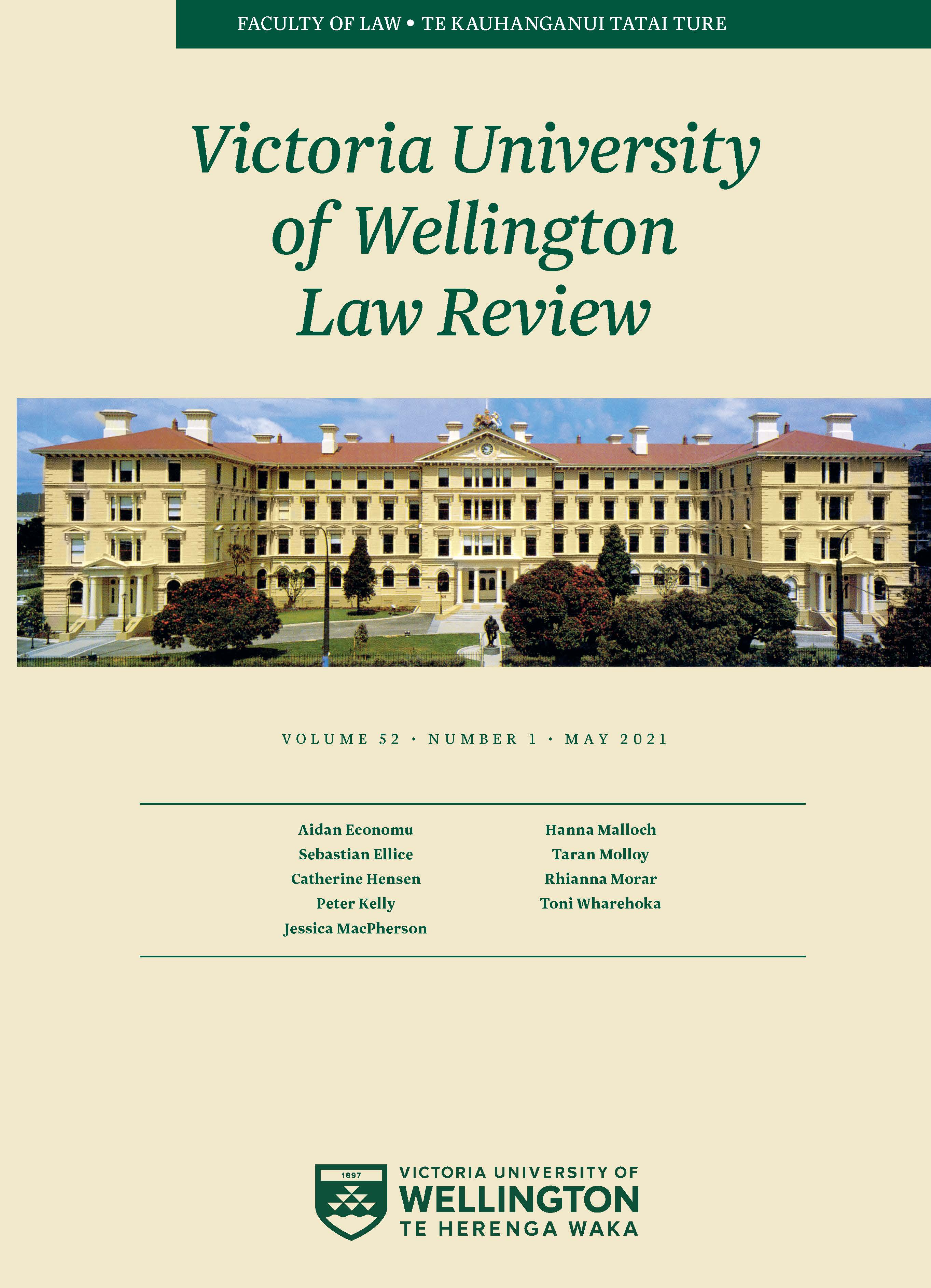Meeting the Challenge of the Preventive State: Due Process Rights and the Terrorism Suppression (Control Orders) Act 2019
DOI:
https://doi.org/10.26686/vuwlr.v52i1.6845Abstract
This article focuses on the control order regime introduced by the Terrorism Suppression (Control Orders) Act 2019 and its implications for due process rights. Control orders are formally civil, and so the heightened criminal procedural protections in the New Zealand Bill of Rights Act 1990 (the NZ Bill of Rights) ostensibly do not apply. But the simplicity of the criminal–civil binary belies the hybridity of control orders. In this respect, control orders capture in microcosm the larger policy shift towards a "preventive state" which, rather than relying on ex post facto denunciation, pre-emptively incapacitates threatening individuals before they commit harm. This article assesses how we should deal with control orders' hybridity. It suggests that on the basis of current authority, control orders would not attract the criminal procedural protection in s 25 of the NZ Bill of Rights. Instead, they will be governed by s 27(1), which secures a right to natural justice. It then critically assesses this result. Drawing on the work of Andrew Ashworth and Lucia Zedner, it canvasses four possible approaches to control orders. It argues that, in order to facilitate engagement with their distinctive and problematic features, control orders ought to be distinguished from punishment and dealt with under other provisions of the NZ Bill of Rights. This should stimulate discussion about the kind of procedural protections that are appropriate to safely balance the liberty interests of the subject against legitimate security concerns.
Downloads
Downloads
Published
How to Cite
Issue
Section
License
Authors retain copyright in their work published in the Victoria University of Wellington Law Review.


